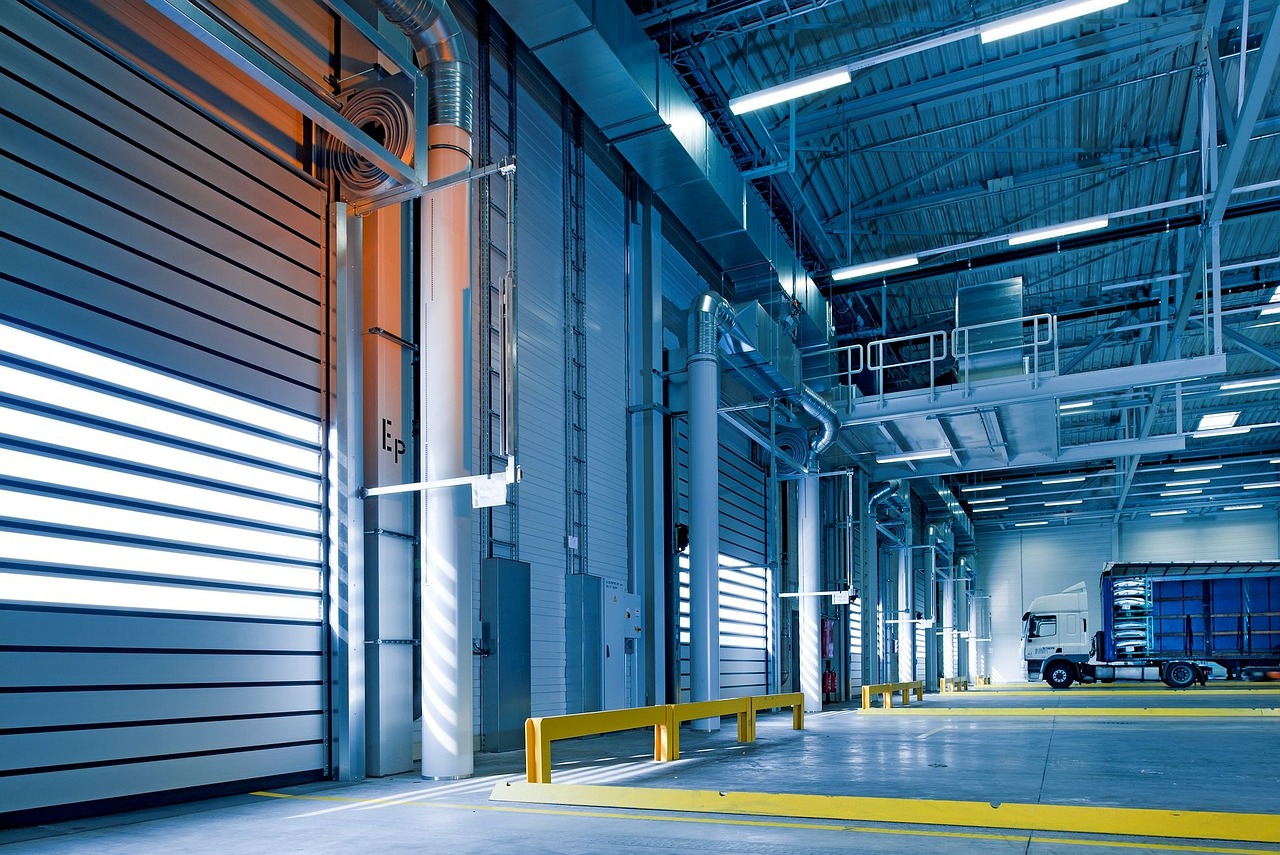Key responsibilities
Warehouse worker are pivotal in managing the flow of goods from suppliers to consumers. Their primary responsibilities include receiving, storing, and distributing products within a warehouse. This involves unloading shipments, inspecting items for quality and accuracy, and organizing inventory systematically. Additionally, warehouse workers are responsible for maintaining accurate records, often utilizing inventory management systems to track stock levels and movements.
Beyond these fundamental tasks, warehouse workers play a critical role in order fulfillment. They pick and pack orders, ensuring that products are correctly assembled and prepared for shipment. This process requires attention to detail and efficiency to meet delivery deadlines and maintain customer satisfaction. Moreover, warehouse workers may handle returns and exchanges, assessing the condition of returned items and restocking or disposing of them as necessary.
Technological advancements
The advent of technology has revolutionized the warehouse environment, enhancing the efficiency and accuracy of warehouse workers. Automation and robotics are increasingly integrated into warehouse operations, handling repetitive tasks such as sorting, packing, and transporting goods. This shift allows warehouse workers to focus on more complex and value-added activities, such as inventory management and quality control.
Warehouse management systems (WMS) have become indispensable tools for modern warehouse workers. These software solutions facilitate real-time tracking of inventory, streamline order processing, and optimize storage layouts. With the help of WMS, warehouse workers can quickly locate items, manage stock levels, and generate reports to inform decision-making processes. Additionally, the use of barcode scanners and RFID technology has minimized errors, ensuring that the right products are picked and shipped to customers.
Moreover, wearable technology, such as smart glasses and handheld devices, enhances the productivity of warehouse workers. These devices provide hands-free access to information, enabling workers to perform tasks more efficiently and accurately. Augmented reality (AR) applications assist in training new employees, offering interactive and immersive learning experiences that improve skill acquisition and retention.
Safety and training
Ensuring the safety of warehouse workers is paramount, given the physically demanding and often hazardous nature of the work. Warehouses are equipped with various safety measures, including proper lighting, ventilation, and ergonomic equipment to prevent workplace injuries. Warehouse workers are trained to adhere to safety protocols, such as the correct use of machinery, proper lifting techniques, and emergency response procedures.
Comprehensive training programs are essential for preparing warehouse workers to handle the complexities of modern warehouse operations. These programs cover a range of topics, including inventory management, equipment operation, and safety standards. Ongoing training ensures that warehouse workers stay updated on the latest technologies and best practices, enhancing their competence and confidence in performing their duties.
Additionally, fostering a culture of safety and continuous improvement is crucial. Warehouse managers encourage open communication, allowing workers to report potential hazards and suggest improvements. Regular safety audits and drills reinforce the importance of maintaining a safe work environment, reducing the risk of accidents and ensuring the well-being of all employees.
Challenges and opportunities
Despite advancements in technology and safety measures, warehouse workers face several challenges in their roles. The physically demanding nature of the job can lead to fatigue and injuries, necessitating ongoing efforts to improve working conditions and implement ergonomic solutions. The fast-paced environment, particularly during peak seasons, can result in high stress levels and increased pressure to meet performance targets.
Another significant challenge is the shortage of skilled warehouse workers. The growing demand for efficient supply chain operations has outpaced the supply of qualified workers, leading to increased competition for talent. This shortage underscores the need for effective recruitment strategies, competitive wages, and opportunities for career advancement to attract and retain skilled warehouse workers.
However, these challenges also present opportunities for innovation and growth. The integration of advanced technologies creates new roles and responsibilities for warehouse workers, requiring them to develop new skills and adapt to evolving processes. This shift towards a more skilled workforce enhances job satisfaction and opens avenues for career progression within the industry.
Furthermore, the emphasis on sustainability and environmental responsibility offers opportunities for warehouse workers to engage in eco-friendly practices. Implementing energy-efficient systems, reducing waste, and optimizing logistics contribute to sustainable operations and align with the growing consumer demand for environmentally responsible businesses.
Future outlook
The future of the warehouse worker is poised for continued evolution, driven by technological advancements and changing market dynamics. Automation and artificial intelligence (AI) are expected to play an increasingly significant role, further streamlining warehouse operations and enhancing productivity. While some traditional tasks may become automated, the demand for skilled warehouse workers who can manage and maintain advanced systems will rise.
As e-commerce continues to expand, the role of the warehouse worker will become even more critical in ensuring timely and accurate order fulfillment. The need for faster delivery times and higher customer expectations will drive innovation in warehouse operations, requiring workers to adapt to new technologies and methodologies.
Moreover, the integration of data analytics into warehouse management will empower warehouse workers with valuable insights into inventory trends, operational efficiencies, and customer preferences. By leveraging data-driven strategies, warehouse workers can make informed decisions that optimize supply chain performance and drive business growth.
In addition, the emphasis on flexible and remote work arrangements may extend to warehouse operations, with opportunities for remote monitoring and management of warehouse activities. This trend could enhance work-life balance for warehouse workers and attract a broader pool of talent to the industry.
The warehouse worker is a vital component of modern supply chains, adapting to the complexities and demands of a dynamic global market. Through the integration of technology, commitment to safety, and continuous skill development, warehouse workers contribute significantly to the efficiency and success of supply chain operations. While challenges such as workforce shortages and the physically demanding nature of the job persist, opportunities for innovation and career growth offer promising prospects for the future. As the role of the warehouse worker continues to evolve, their contribution will remain indispensable in driving the progress and resilience of global supply chains.











